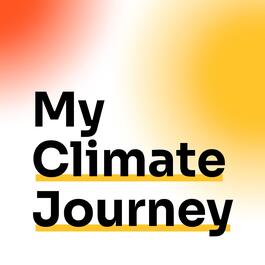
Can We Slow the Doomsday Glacier? Arête on Glacial Intervention and Sea-Level Risk
Brent Minchew is Co-Founder, Executive Director, and Chief Scientist at Arête Glacier Initiative, a new nonprofit launched to close the gap between frontier glaciology research and actionable sea-level forecasts—and to probe whether “brake-tapping” inside Antarctic glaciers can slow their slide into the sea. Brent explains why current models still span 1–6 feet of rise by 2100—even if Paris targets are met—and how melting glaciers, especially Antarctica’s so-called “Doomsday Glacier,” drive that uncertainty. He details why glaciology remains drastically underfunded, how sea-level changes already threaten coastal economies via insurance markets, and where Arête’s first $5 million in philanthropic capital is going. He also walks through early-stage solutions—from thermo-siphons that passively refreeze ice to pumping sub-glacial water—that could “hit the brakes” on glacier flow and buy humanity time for deep decarbonization. In this episode, we cover: [03:45] Launching Arête to bridge glacier science and solutions[05:38] Inside the “doomsday glacier” and its global risk[07:18] Why Thwaites may collapse even if we hit climate goals[09:51] Sea level rise: Millions displaced per inch[12:41] The silent crisis of glacial melt[13:28] Economic ripple effects of rising seas[15:53] What Larsen B’s collapse taught us[20:04] Arête’s model: Philanthropy + global research[22:51] Advancing glacier tech through TRL stages[25:45] How Antarctica is governed[35:28] Refreezing glaciers with thermo-siphons[45:00] Drilling costs vs. seawalls: Where’s the value? Episode recorded on May 14, 2025 (Published on June 2, 2025) Enjoyed this episode? Please leave us a review! Share feedback or suggest future topics and guests at info@mcj.vc. Connect with MCJ:Cody Simms on LinkedInVisit mcj.vcSubscribe to the MCJ Newsletter *Editing and post-production work for this episode was provided by The Podcast Consultant
From "Inevitable"


Comments
Add comment Feedback